The word “sustainable” often gets tossed around in the food and beverage industry, with companies making certain claims about their products to market themselves as the better option. From sustainably-grown fruits and vegetables to sustainably-sourced coffee beans — not to mention sustainable packaging — what does it all mean?
It is well-established that consumers have a more positive view of food companies that practice sustainability. But to many, taste, convenience and value, rather than sustainability, remain top of mind while grocery shopping. Perhaps a better understanding of what makes a food product sustainable could help consumers make more informed decisions. And those decisions start with food labeling.
Despite environmental- and labor-related progress made by food companies over the last few years, communication efforts to consumers are still lagging. Even the most informed consumer may not be able to keep up with new acronyms — such as ESG, which stands for environmental, social and governance factors — floating around on food packaging. ESG was repeatedly mentioned at last year’s virtual climate week and it encompasses everything from environmental issues to human rights concerns to diversity on a company’s board.
While the US Food and Drug Administration (FDA) and US Department of Agriculture (USDA) have some governance over the use of the words “natural” and “organic” on food labels, there is no overarching agency regulating the use of the word “sustainable” on labels. Perhaps it is just too broad of a concept. Because of this, the responsibility lies on food brands to communicate clear, easy-to-digest messages to consumers about sustainability efforts. But unfortunately, they are falling short, confusing even the most sustainability-savvy consumers.
According to the International Food Information Council Foundation’s 2020 Food and Health Survey, more than 60 percent of those surveyed said they found it difficult to know whether their purchasing choices were sustainable. And of those who were confused by food items marketed as sustainable, 70 percent said it would influence their decision if the label were easier to understand. The confusion likely stems from an abundance of factors, including whether sustainability just involves:
- Food packaging
- The food itself
- The way the food was sourced
- How far the food traveled to get to store shelves
- The resources used to produce and package the food
- The overall environmental impact and animal agriculture it took to produce the food
- Or, all of the above
The Fair Trade Certified seal has become a marker of sustainability that consumers recognize more easily. As a more established claim of sustainability, the seal represents a product’s efforts to eliminate poverty and enable development for farmers, workers, families and communities. In 2016, nearly 60 percent of Americans knew what a Fair Trade certification meant and it influenced their purchasing decisions.
Aside from Fair Trade, other sustainability programs exist for more specific ingredients or crops, such as rice. Unlike coffee beans or cocoa, most consumers lack awareness of the sustainability issues around rice. But Singapore-based Olam International called for brands to back its Sustainable Rice Platform, an assurance scheme and packaging label that allows consumers to choose verified products that reduce the environmental impact of rice production and directly support farmer incomes. Palm oil, another ingredient with a high environmental impact, also has its own seal from the Malaysian Palm Oil Certification Council.
Across all commodities, however, many consumers just want assurance that sustainable practices were used throughout an item’s production lifecycle. That starts with a transparent supply chain and ends with clear labeling. Since brands are not required by law to define what sustainability means on their packaging, it is essential that they understand and clearly articulate the role they played in supporting sustainable food systems.
Just labeling an item as sustainable won’t cut it any longer. When marketing products, brands must strike a balance between easy to understand and specific. Brands must use clear language and maintain consistency across their range of products. Find out what resonates with consumers and market to them accordingly.


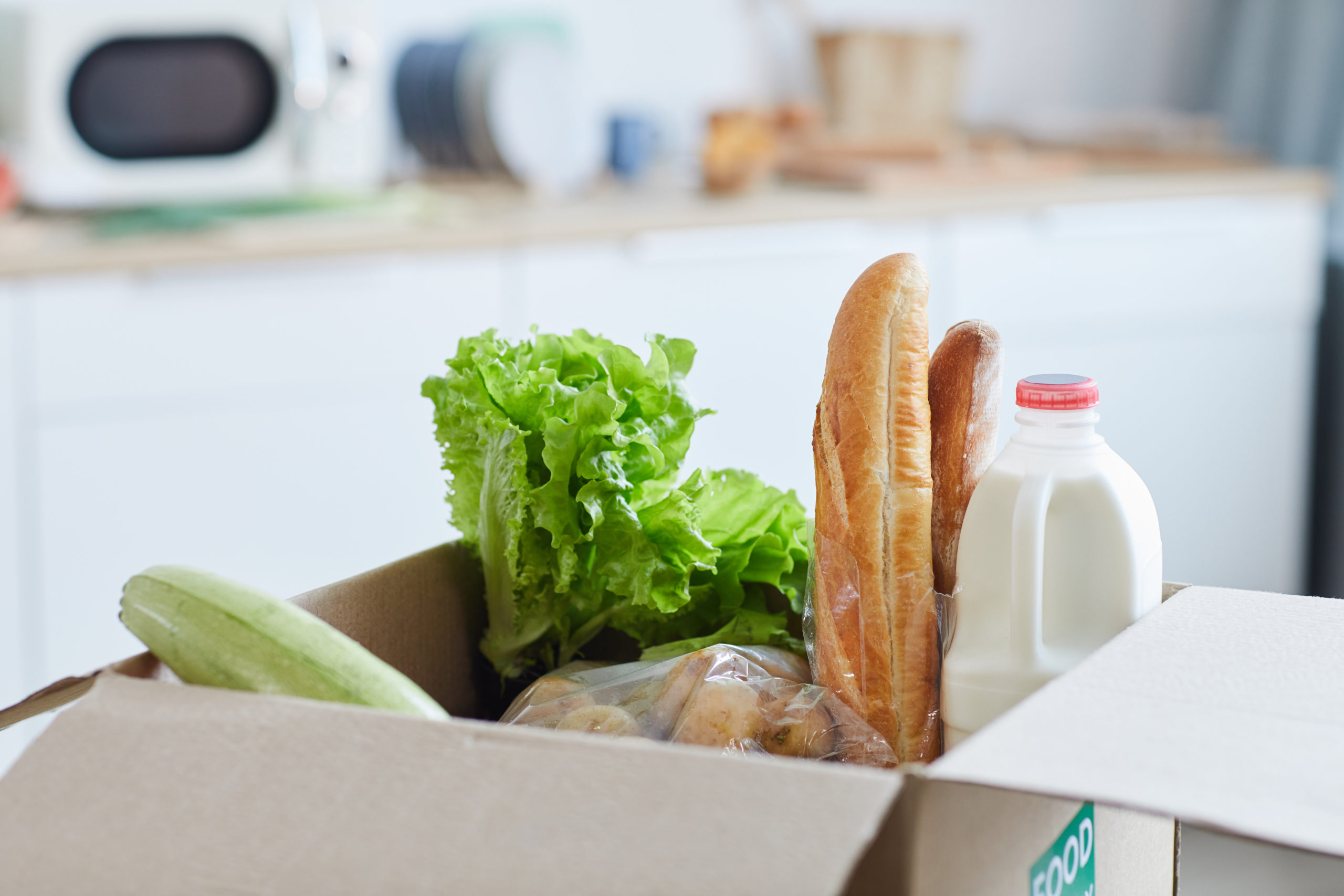
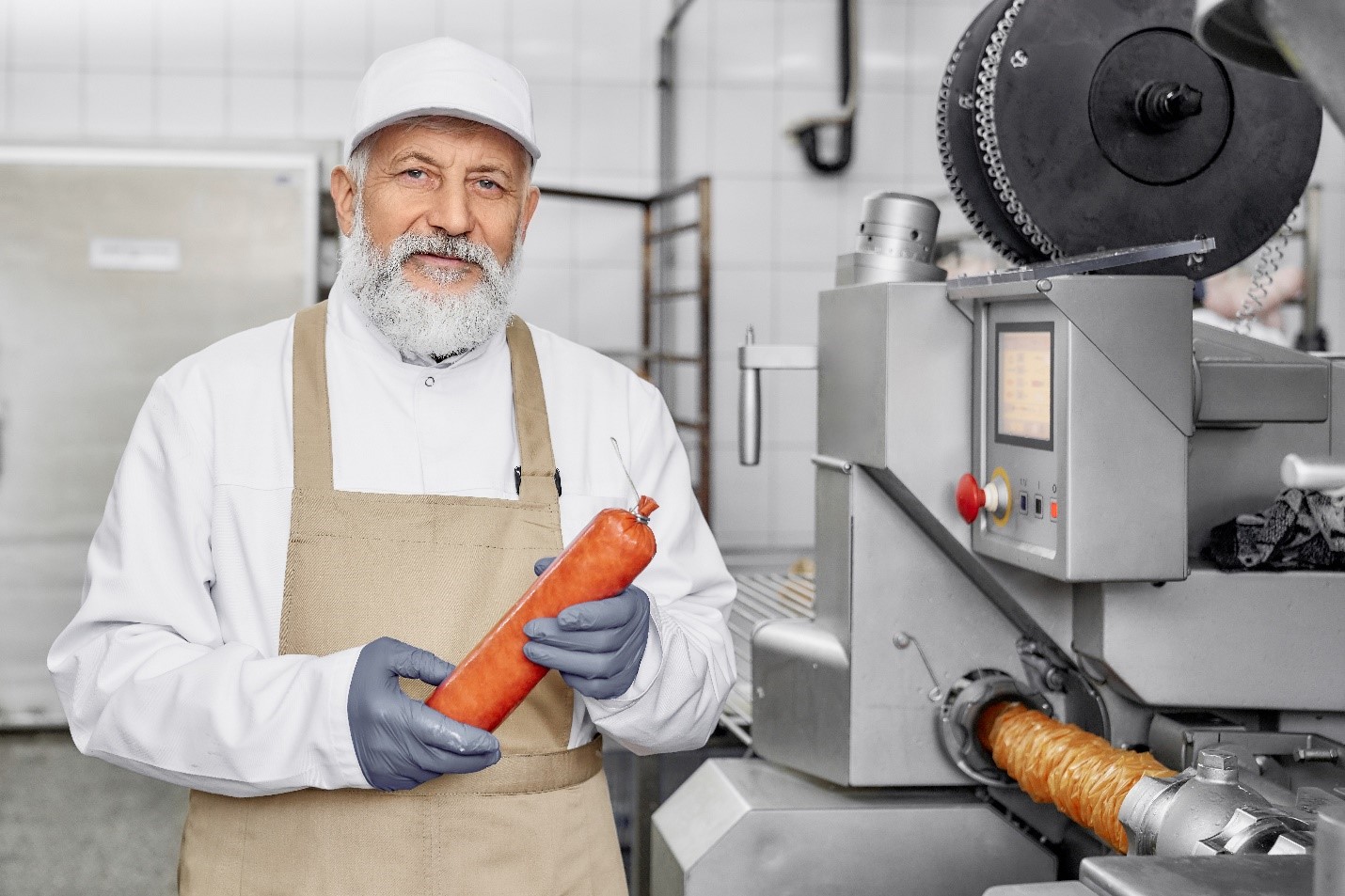
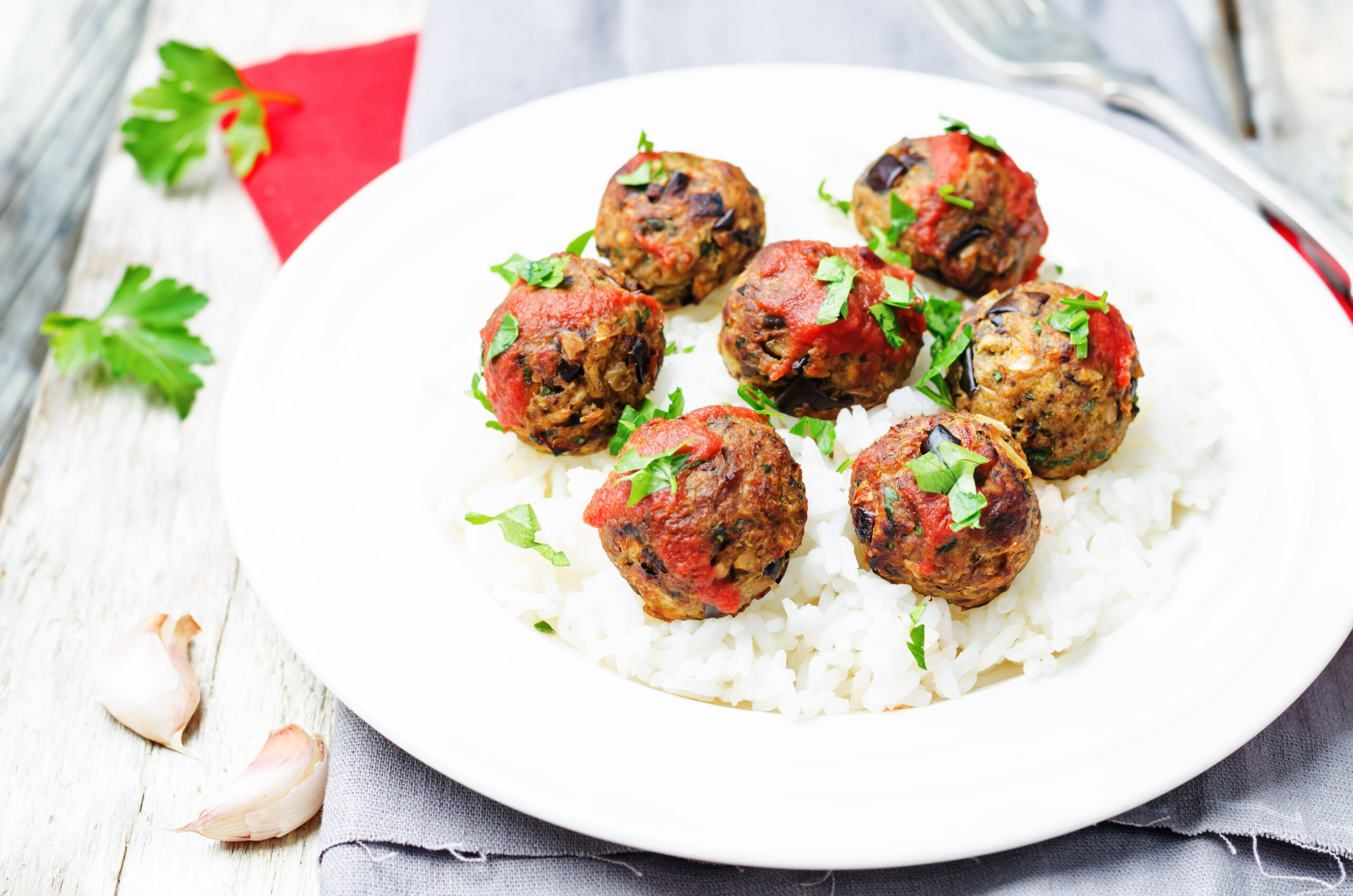
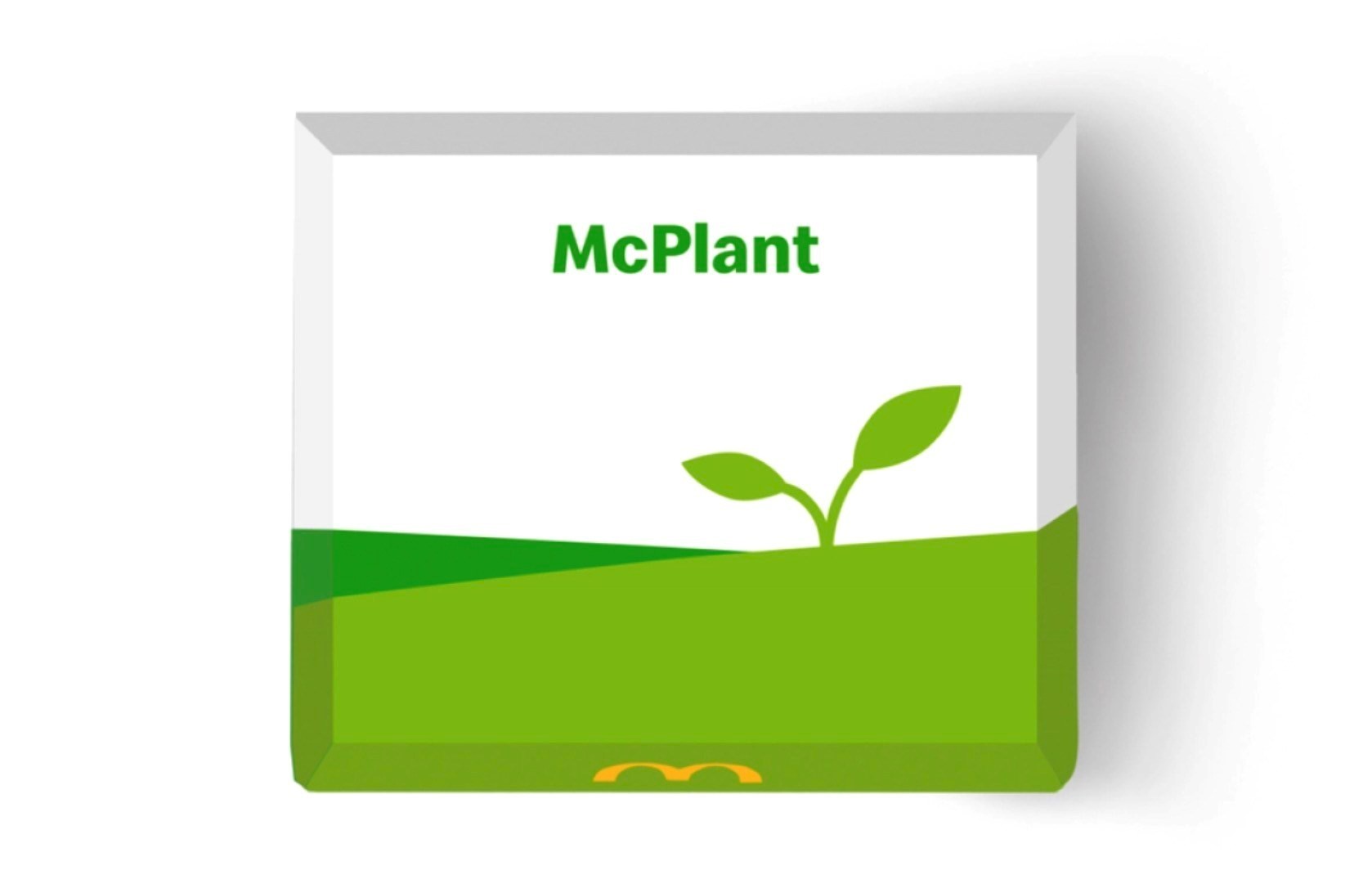
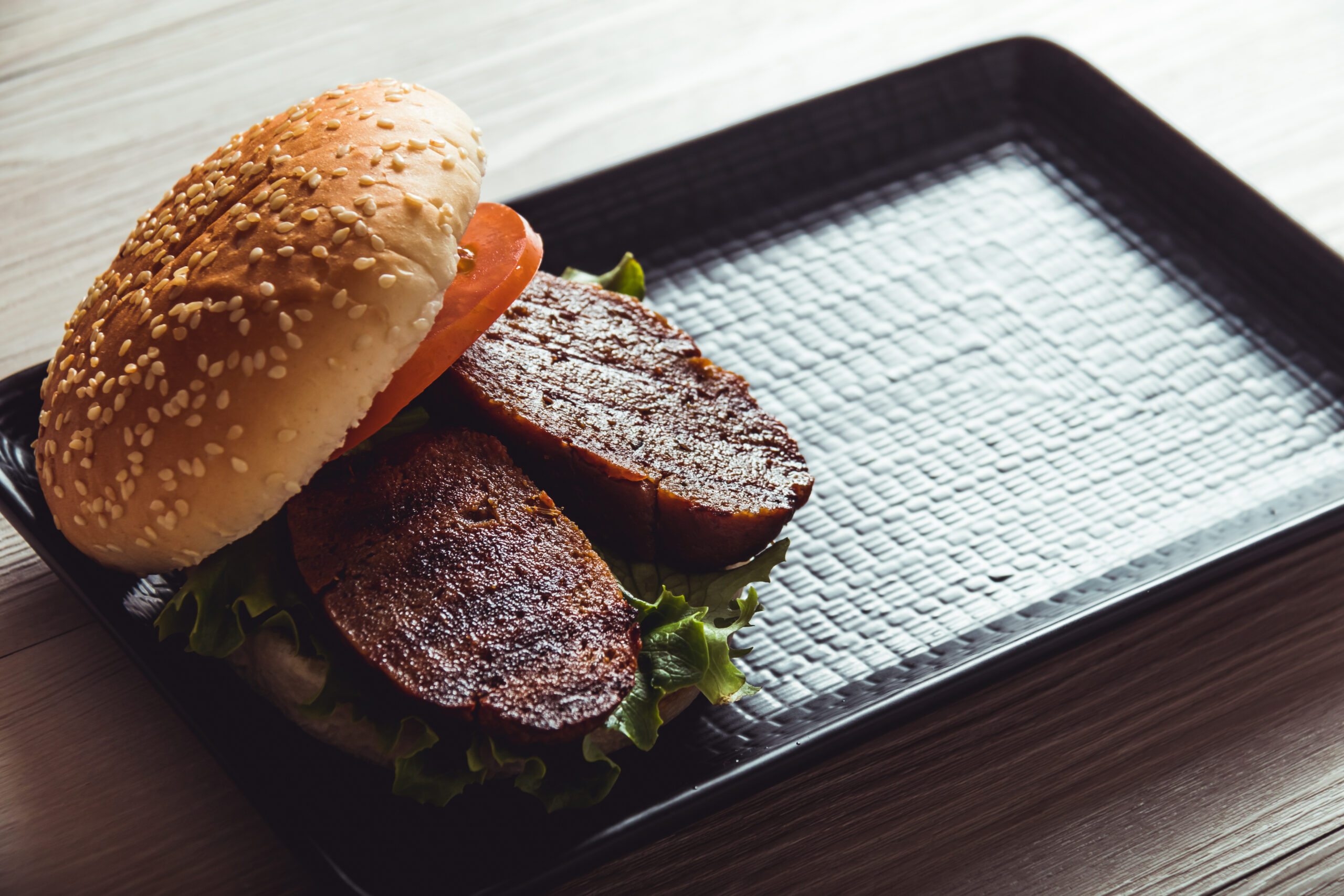


Join or login to leave a comment
JOIN LOGIN